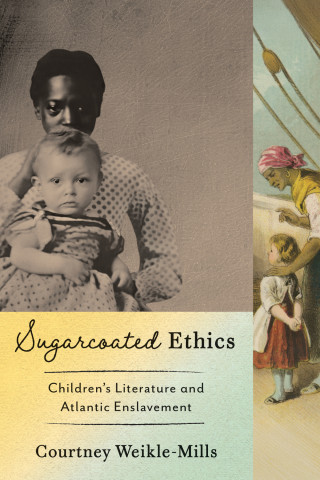
Reviews
The issues are at once new and familiar: how architecture and race entwine, and how writers contend with those links.
[A] deeply researched and original study of a wide range of important literary texts that evoke the unease experienced by some black American writers in the early decades of skyscrapers.
The Black Skyscraper has the great virtue of employing an unexpected interdisciplinary methodology coming from three different fields—architecture, literature, and race—in a solid and eloquent manner.
A lucid, engaging look at how race was read in and through the skyscraper in early twentieth-century literature, The Black Skyscraper contributes in a substantial way to the growing body of literature that examines the connections between racial identity and the built environment.
Especially impressive is Brown's careful attention to the aesthetic questions, including a clear account of how the skyscraper entered a collective imagination and contributed to a changing sensorium. In showing how the many literary and visual works she has assembled for this study—nonfiction and fiction, documentary and imaginative—at once register and shape that collective imagination, Brown offers evidence of the importance of humanistic and artistic inquiry that stands to contribute significantly to critical debates on race and the built environment.
This exciting study breaks important new ground in the field of race and architecture. Showing incisively not only how ideas about race shaped the emergence of the early skyscraper but also how the skyscraper in turn shaped the perception of race itself, Brown's book offers a fresh understanding of the often profound impact of the built environment on seeing, feeling, and performing racial identity. A must-read for anyone interested in the intersections between buildings, bodies, and books at the turn of the twentieth century.
The Black Skyscraper is Adrienne Brown's magisterial work on the effects of race and racial perception emergent with the rise of the vertiginous symbols of industrial capitalism and modernity that sprouted in America's metropolitan centers in the first half of the twentieth century. Her adept and unparalleled analysis of literature, dime-store novels, architecture, and urbanism offers a bold interdisciplinary model for rethinking the aesthetic and visual coding of racial difference within the built environment.
Book Details
Acknowledgments
1. Introduction
2. Architecture and the Visual Fate of Whiteness
3. The Miscegenated Skyscraper and Passing Metropolitans
4. The Black Skyscraper
5. Feeling White in the Darkening City
Epilo
Acknowledgments
1. Introduction
2. Architecture and the Visual Fate of Whiteness
3. The Miscegenated Skyscraper and Passing Metropolitans
4. The Black Skyscraper
5. Feeling White in the Darkening City
Epilogue
Notes
Work Cited
Index






